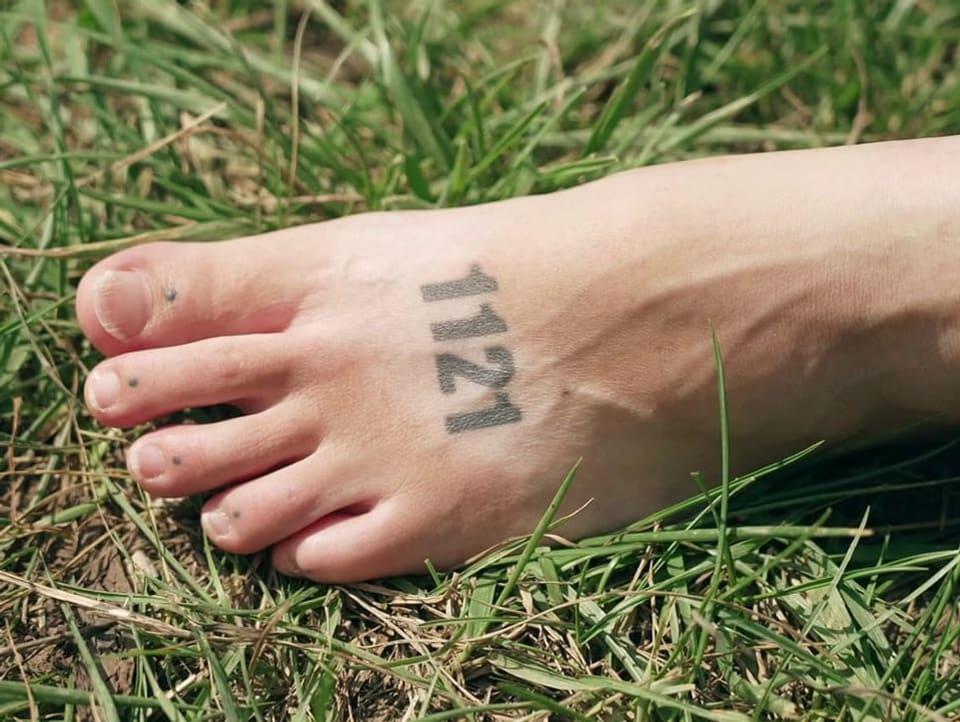Beatrice Bachmann was diagnosed with breast cancer at the age of 36. As a result, her right breast had to be cleared of cancer. The breast was then rebuilt using her own material, but a bacterial infection caused the mother of two to lose her nipple and areola. A long scar is also left behind.
“It was like a stamp for me: You have breast cancer,” says the 41-year-old. Every look in the mirror reminded her of the disease. A difficult situation for the psyche.
Struck color pigments for more femininity
Beatrice Bachmann’s breast surgeon Patrizia Sager, head of the Bern Biel Breast Center, told her about the possibility of so-called areola pigmentation. With permanent make-up colors, the areola, i.e. the areola, can be tattooed deceptively real – including shading and 3D effects.
“There are women who want that as soon as the surgical scars have healed,” says Patrizia Sager. “Others take a break from breast surgery and ask for it after a year or two.”
Patrizia Sager thinks it’s bad that there are still women who don’t even know about the possibility of areola pigmentation because they were never offered a tattoo.
“I’ve definitely regained my femininity with it,” enthuses Beatrice Bachmann. The areola pigmentation steals the show from the scar – the “breast cancer stamp” is gone.
Nipple tattoos belong in professional hands
For 59-year-old Marion Hinterreiter, after completing radiation, breast surgery and chemotherapy, it was immediately clear that she wanted to have the missing nipple tattooed.
For her too, looking in the mirror and what she saw was like a kind of psychological terror. “You’re sick, a ‘male’ in the back of my mind always said to me.” Nevertheless, it took almost five years for the woman from Vorarlberg to find a specialized dermapigmentologist with whom she knew she was in good hands.
“Once I went to a big tattoo convention to see who offered something like that,” says Marion Hinterreiter. “The first tattoo artist who came along said: ‘Yes, of course, I still have an appointment at three. I can do it quickly.’»
Just thinking about this experience makes Marion Hinterreiter’s hair stand on end. There are many dubious offers: “You really have to listen to your feelings. A tattoo like that stays forever.”
Marion Hinterreiter finally struck gold with dermapigmentologist Ingrid Bregenzer. Both sides were tattooed by her: on the left a full areola pigmentation and on the right, where the nipple and areola were still intact, a color balance on the lighter scar tissue.
It usually takes three sessions to complete areola pigmentation. It is stung less deeply than with a conventional tattoo. Various color pigments in different shades of brown are available for piercing. After five to six years, it may need a refresher.
Challenging task
Ingrid Bregenzer, Managing Director of Beauty Cosmetics in St. Gallen, has been dealing with the topic since 1994. She also trains dermapigmentologists – at hospitals, but also beauticians and nurses.
“An areola, for example, is never completely round, and the relationship between the size of the nipple and the areola must be right,” she just mentions two important aspects of breast pigmentation. Of course, the color of both sides must be absolutely right and harmonize.
A cost credit request can be submitted to the health insurance company. However, experience shows that the main costs have to be borne by the patient herself.
Cover a scar or mutilation with a tattoo
For a better body feeling and more self-confidence, larger accident or conspicuous surgical scars can of course be concealed with a tattoo.
The example of a Mexican keyboard player is impressive: a tattooed fingernail embellishes the missing fingertip of the middle finger. Men who have lost a part of their finger while working on machines also often use this type of tattoo.
Counseling for Mental Disorders
But tattoos also help some people deal with mental disorders.
Sally has an autism spectrum disorder. She has difficulties with automatisms, everyday things such as showering are difficult for her. Growing up, she always wondered why she couldn’t shower as quickly as her sister.
“At some point I realized that I couldn’t develop anything automatic,” Sally recalls. For her, showering is a task that has to be re-learned every time.
She also finds it difficult to focus on the essentials. She often gets lost in the details. Or want way too much. Which ultimately caused her studies to fail.
The “to mimic” tattoo that adorns her lower leg reminds her to imitate goal-oriented behavior. The red line on the wrist acts as a sort of stop sign. “It’s a reminder. I often look at the red line and say to myself: ‘Stop!’», explains Sally. “Then I realize I’m exaggerating. Instead, it should be slower and just not pack as much into a day as other people. »
With the tattooed life support, Sally is actually better able to make the right decisions in everyday life.


